Rustic Touch: Creating Beautiful Log Furniture
When it comes to home decor, nothing quite captures the essence of nature like log furniture. It brings a warm, earthy vibe that instantly transforms any space into a cozy retreat. Imagine walking into a room adorned with stunning log pieces, where every chair, table, and shelf tells a story of craftsmanship and connection to the outdoors. This article explores the charm and craftsmanship of log furniture, offering insights into design ideas, construction techniques, and maintenance tips to enhance your rustic home decor.
Log furniture embodies a unique blend of natural beauty and functionality. These pieces are not just about aesthetics; they serve a purpose while adding character to your home. The raw, unfinished look of logs can evoke a sense of the wilderness, making it perfect for those who appreciate a rustic lifestyle. But what really makes log furniture special? For starters, its durability is unmatched. With proper care, log furniture can last for generations, becoming a cherished family heirloom.
Moreover, log furniture complements various interior styles, from traditional cabins to modern lofts. This versatility is what makes it a popular choice for those looking to create a warm, inviting atmosphere. Whether you prefer the rugged look of rough-hewn logs or the refined elegance of polished wood, there's a log furniture style that can suit your taste. The blend of textures and colors found in different wood types can enhance your space, making it feel more alive and connected to nature.
Selecting the appropriate type of wood is crucial for both durability and aesthetics. The wood you choose can significantly influence the final product's look and feel, as well as its longevity. In the world of log furniture, not all woods are created equal. Some woods are more resistant to the elements, while others may be more prone to wear and tear. Understanding these differences can help you make an informed decision that aligns with your style and practical needs.
Different wood types offer distinct qualities for log furniture. Here are some of the most popular choices:
- Pine: Known for its light color and affordability, pine is a favorite for those looking to create a rustic yet budget-friendly space.
- Cedar: With its natural resistance to decay and insects, cedar is perfect for outdoor furniture, providing both beauty and longevity.
- Oak: Renowned for its strength and durability, oak adds a touch of elegance to any log furniture piece, making it ideal for statement pieces.
Understanding the difference between softwoods and hardwoods can impact your furniture's longevity and appearance. Softwoods, like pine and cedar, are often lighter and easier to work with, making them great for DIY projects. However, they may not be as durable as hardwoods, which include oak and maple. Hardwoods are typically denser, offering greater strength and resistance to wear, but they can also be more expensive and challenging to work with. Ultimately, your choice will depend on your specific needs and preferences.
Sustainability is essential in modern furniture making. As consumers become more eco-conscious, sourcing eco-friendly materials is increasingly important. Look for suppliers who practice responsible logging and ensure that the wood used in your log furniture is harvested sustainably. This not only helps protect our forests but also contributes to the overall health of the planet. By choosing sustainable materials, you can enjoy the beauty of log furniture while making a positive impact on the environment.
Design plays a significant role in the appeal of log furniture. It’s essential to consider how your pieces will fit into your overall decor scheme. From traditional rustic designs to sleek, modern interpretations, log furniture can adapt to various styles. Think about the colors, textures, and shapes you want to incorporate into your space. A well-designed log furniture piece can serve as a stunning focal point, drawing the eye and sparking conversation.
Crafting log furniture requires specific skills and techniques. Understanding various construction methods can help you create sturdy, beautiful pieces. Whether you’re a DIY enthusiast or a professional woodworker, knowing the right tools and techniques is crucial for success.
Joinery is critical for the stability of log furniture. Different joinery techniques, such as mortise and tenon, can significantly impact both strength and aesthetics. The right joinery not only reinforces the structure but also adds to the visual appeal of the piece.
Finishing techniques can enhance the beauty of log furniture. Applying various finishes, stains, and sealants can protect and beautify your pieces, ensuring they last for years to come. A well-applied finish can bring out the natural grain of the wood, adding depth and character to your furniture.
Proper maintenance is key to preserving the beauty of log furniture. Regular cleaning, treating, and protecting your pieces from the elements will help ensure they remain a cherished part of your home. Here are some tips for maintaining your log furniture:
- Regularly dust and clean with a soft cloth to prevent dirt buildup.
- Apply wood conditioner or oil to nourish the wood and enhance its appearance.
- Use protective covers for outdoor furniture to shield it from harsh weather.
1. How do I choose the right wood for my log furniture?
Consider factors such as durability, appearance, and your budget. Softwoods like pine are great for affordability, while hardwoods like oak offer longevity.
2. Can I build log furniture myself?
Absolutely! With the right tools and techniques, DIY log furniture can be a rewarding project. Just ensure you understand joinery methods for stability.
3. How do I maintain my log furniture?
Regular cleaning, using wood conditioner, and protecting outdoor pieces from the elements will help keep your log furniture looking great for years.
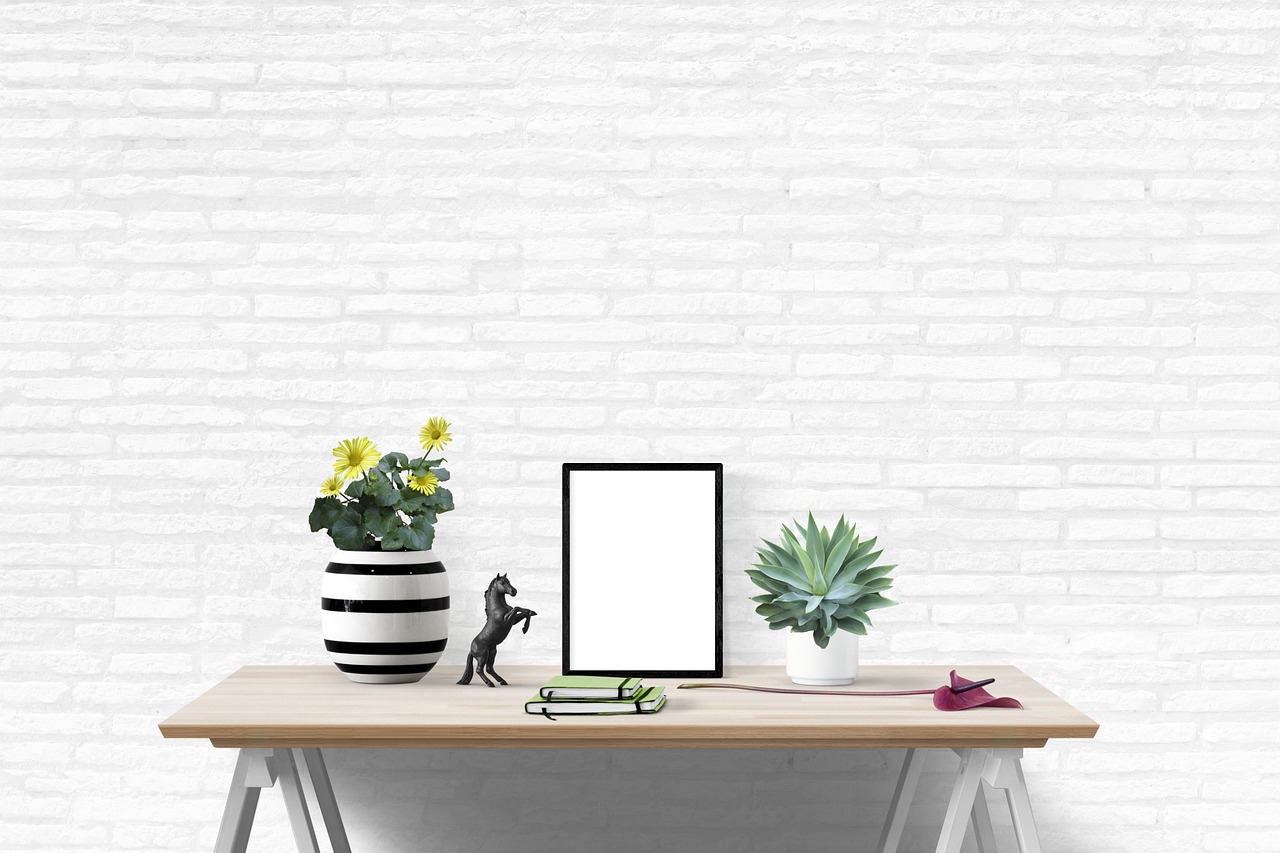
Understanding Log Furniture
Log furniture embodies a unique blend of natural beauty and functionality, making it a captivating choice for those who appreciate rustic aesthetics. Imagine walking into a cozy cabin or a warm home and being greeted by the inviting presence of log furniture. It’s not just about the look; it’s about the experience. Each piece tells a story, reflecting the craftsmanship and the character of the wood used. The textures, grains, and shapes of the logs bring a sense of the outdoors inside, creating a harmonious connection with nature.
One of the most appealing aspects of log furniture is its versatility. Whether you’re aiming for a traditional lodge feel or a modern rustic vibe, log furniture can adapt to various styles. Picture a beautifully crafted log dining table paired with sleek, contemporary chairs, or a classic log bed frame adorned with vibrant linens. The contrast creates a stunning visual appeal, proving that log furniture can fit seamlessly into any decor scheme.
Beyond aesthetics, log furniture offers numerous benefits. For starters, it is incredibly durable. Logs, especially when treated properly, can withstand the test of time, making them a wise investment for your home. Additionally, the natural insulating properties of wood help to maintain a comfortable temperature, adding to the coziness of your space. Log furniture also tends to be eco-friendly, especially when sourced from sustainable forests, allowing you to furnish your home while being kind to the planet.
Moreover, log furniture can be a conversation starter. Guests often admire the craftsmanship and the unique characteristics of each piece. No two logs are alike, which means your furniture has its own personality. This individuality adds a layer of charm that mass-produced furniture simply cannot replicate. In a world where everything seems uniform, log furniture stands out as a testament to artisan skill and natural beauty.
In summary, understanding log furniture goes beyond recognizing its aesthetic appeal. It’s about appreciating the craftsmanship, the sustainability, and the unique stories each piece can tell. Embracing log furniture in your home not only enhances your decor but also connects you to nature and tradition in a profound way.
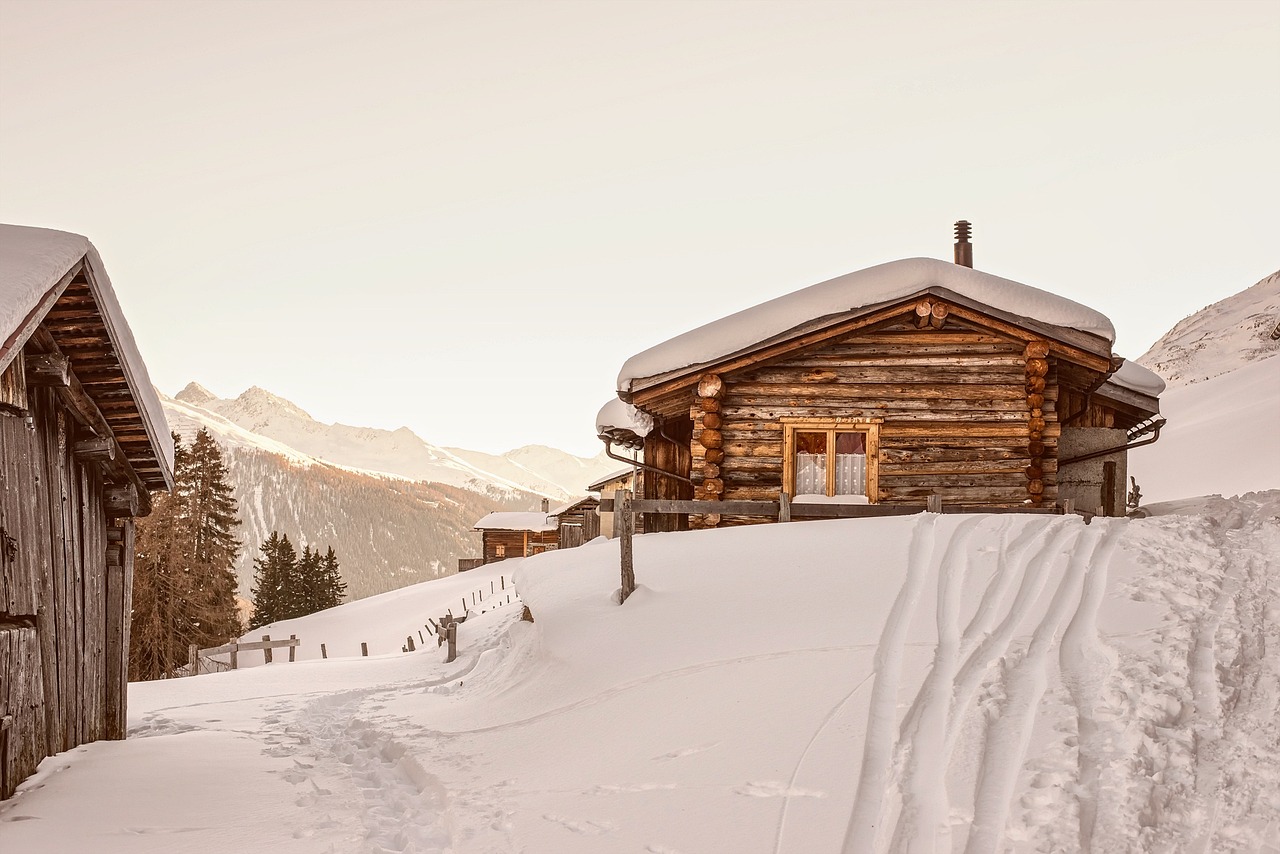
Choosing the Right Wood
When it comes to creating stunning log furniture, the choice of wood is paramount. Not only does the type of wood you select influence the durability and strength of your furniture, but it also plays a significant role in its overall aesthetic appeal. Imagine walking into a room filled with rustic charm, where each piece of furniture tells a story through its unique grain and texture. That's the magic of choosing the right wood!
Let's explore the most popular wood types often used in log furniture, along with their distinct characteristics that can help you make an informed decision:
| Wood Type | Characteristics | Best Uses |
|---|---|---|
| Pine | Lightweight, easy to work with, and has a warm color. | Chairs, tables, and decorative pieces. |
| Cedar | Resistant to rot and insects, with a pleasant aroma. | Outdoor furniture, cabinets, and accents. |
| Oak | Strong and durable, with a beautiful grain pattern. | Heavy-duty furniture, like beds and dining tables. |
Each wood type has its own unique personality, and the choice you make can significantly affect the ambiance of your space. For instance, if you're aiming for a cozy, cabin-like feel, pine might be your best bet due to its light color and warm tones. On the other hand, if you want something that stands the test of time, oak offers incredible strength and durability, making it perfect for pieces that will see daily use.
But wait, there's more! Understanding the difference between softwoods and hardwoods is crucial in your selection process. Softwoods, like pine and cedar, typically grow faster and are more abundant, making them more affordable. However, they may not be as durable as hardwoods. Hardwoods, such as oak and maple, are denser and more resistant to wear, but they often come with a higher price tag. So, what's the right choice for you? It really depends on your budget and how you plan to use your furniture.
Another factor to consider is sustainability. In today's world, it's essential to be mindful of our environmental footprint. Sourcing sustainable materials not only helps preserve our forests but also ensures that your furniture is made from responsibly harvested wood. Look for certifications like the Forest Stewardship Council (FSC) label, which guarantees that the wood comes from well-managed forests. By choosing eco-friendly options, you can create beautiful log furniture while also being a guardian of our planet.
In conclusion, selecting the right wood for your log furniture is an exciting journey filled with choices. Whether you prefer the lightweight charm of pine, the aromatic allure of cedar, or the robust strength of oak, each type of wood offers something unique. Remember to consider your budget, intended use, and sustainability when making your decision. After all, the right wood can transform your space into a rustic haven that reflects your personal style!

Popular Wood Types
When it comes to crafting stunning log furniture, the choice of wood is absolutely crucial. Each type of wood offers unique characteristics that not only influence the aesthetic appeal of the final product but also its durability and functionality. Let’s dive into some of the most popular wood types used in log furniture, exploring their distinctive traits and how they can elevate your rustic decor.
Pine is often the go-to choice for log furniture enthusiasts. Known for its light color and straight grain, pine is not just visually appealing but also quite affordable. Its soft texture makes it easy to work with, allowing for intricate designs and details. However, it’s worth noting that pine is more susceptible to dents and scratches, so it may require a bit more care in high-traffic areas.
Cedar is another favorite, especially for outdoor furniture. This wood type is naturally resistant to decay and insects, making it perfect for log cabins or patios. Its rich, reddish hue adds warmth to any space, while its aromatic scent can evoke a sense of tranquility. Cedar's natural oils do a great job of protecting the wood from the elements, which is a significant advantage for anyone looking to keep their furniture looking fresh for years to come.
Then we have oak, a hardwood that brings strength and durability to the table. Oak furniture is often seen as a long-term investment due to its robust nature. It has a beautiful grain pattern and can be stained in various colors, allowing for customization that matches your decor. However, oak tends to be heavier and may require more effort to move around, so keep that in mind when planning your space.
Choosing the right wood type is not just about aesthetics; it’s also about understanding the specific needs of your environment. For example, if you live in a humid area, opting for cedar might be wise due to its natural resistance to moisture. On the other hand, if you’re looking for a piece that can withstand heavy use, oak would be your best bet. In essence, the wood you choose should resonate with both your style and practical requirements.
To summarize, here’s a quick comparison of the popular wood types:
| Wood Type | Characteristics | Best For |
|---|---|---|
| Pine | Light color, soft texture, affordable | Indoor furniture, intricate designs |
| Cedar | Natural resistance to decay, aromatic | Outdoor furniture, rustic decor |
| Oak | Strong, durable, beautiful grain | Heavy-use furniture, long-term investment |
Ultimately, the wood you select for your log furniture will set the tone for your entire space. Whether you lean towards the light and lively appeal of pine, the robust charm of oak, or the aromatic allure of cedar, each choice comes with its own set of benefits and considerations. So, take your time, do your research, and choose a wood that not only looks great but also fits your lifestyle!
- What is the best wood for outdoor log furniture? Cedar is often recommended for outdoor use due to its natural resistance to moisture and insects.
- Is pine suitable for heavy-use furniture? While pine is beautiful and affordable, it is softer and may not hold up as well under heavy use compared to hardwoods like oak.
- Can I stain log furniture? Yes! Most types of wood, including pine and oak, can be stained to achieve your desired color and finish.
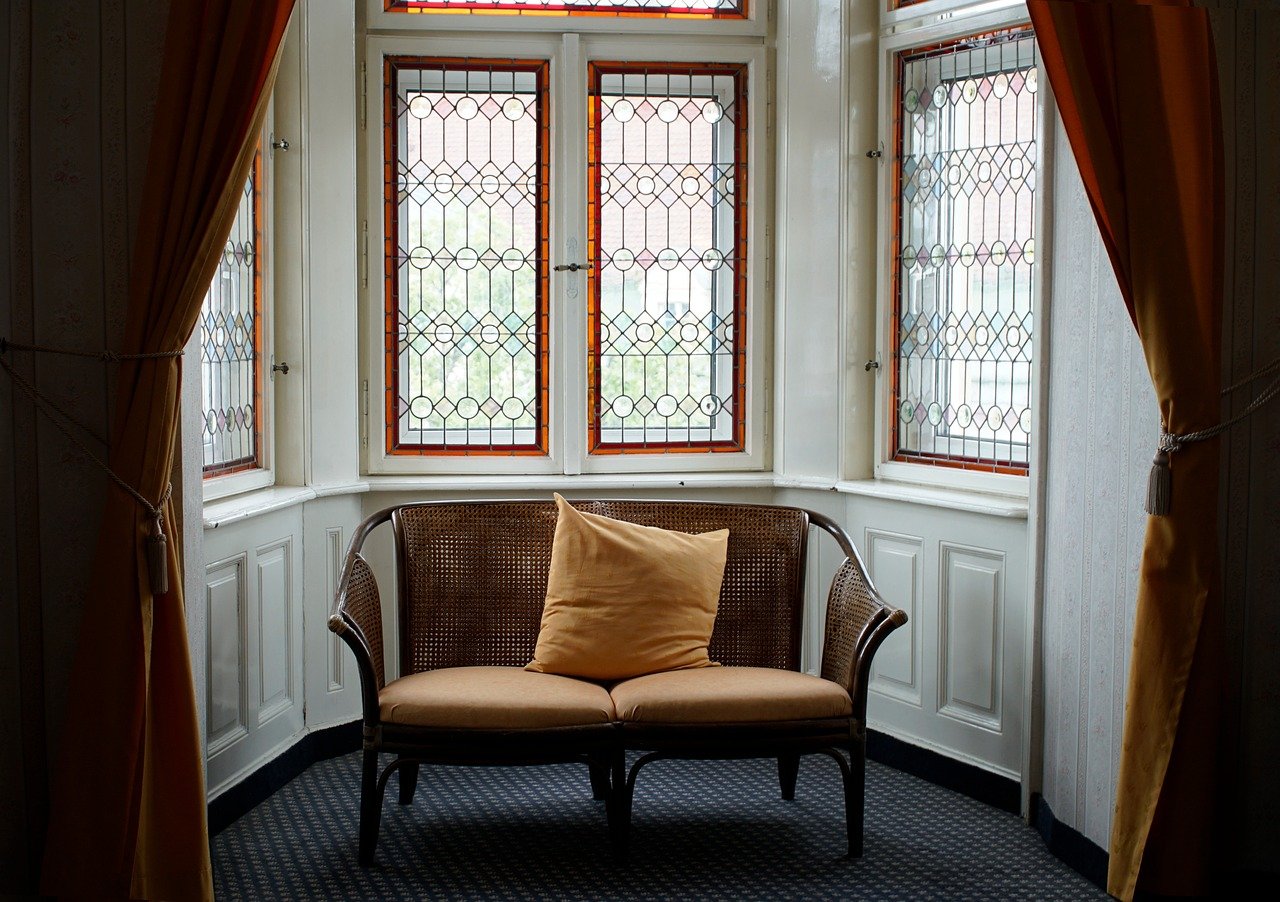
Softwoods vs. Hardwoods
When diving into the world of log furniture, one of the most crucial decisions you'll face is choosing between softwoods and hardwoods. Each type of wood comes with its own set of characteristics that can significantly influence both the durability and appearance of your furniture. So, what’s the difference? Let’s break it down.
Softwoods, as the name suggests, are generally softer and lighter than their hardwood counterparts. Common types include pine, cedar, and fir. These woods are often more readily available and can be easier to work with, making them a favorite for DIY enthusiasts. One of the standout features of softwoods is their affordability. If you’re on a budget but still want that rustic charm, softwoods can be a great choice. However, they may require more maintenance over time, as they are more susceptible to dents and scratches.
On the other hand, hardwoods like oak, maple, and walnut are known for their strength and durability. They are typically denser than softwoods, which makes them less prone to wear and tear. This density not only contributes to their longevity but also gives hardwoods a beautiful, rich grain that can elevate the look of any piece of furniture. However, this beauty comes at a price; hardwoods can be significantly more expensive than softwoods, making them a worthwhile investment for those looking for long-lasting quality.
To help you visualize the differences, here’s a quick comparison table:
| Feature | Softwoods | Hardwoods |
|---|---|---|
| Density | Less dense | More dense |
| Durability | Less durable | Highly durable |
| Cost | More affordable | More expensive |
| Workability | Easier to work with | Can be more challenging |
| Common Types | Pine, Cedar, Fir | Oak, Maple, Walnut |
In conclusion, the decision between softwoods and hardwoods ultimately depends on your personal preferences, budget, and the specific needs of your log furniture project. If you value affordability and ease of use, softwoods might be the way to go. However, if you're seeking longevity and a stunning aesthetic, investing in hardwoods could pay off in the long run. Remember, each type of wood has its own unique charm, and the best choice will enhance the beauty of your rustic home decor.
Q: What type of wood is best for outdoor log furniture?
A: Cedar is often recommended for outdoor log furniture due to its natural resistance to moisture and pests.
Q: Can I mix softwoods and hardwoods in one piece of furniture?
A: Yes, mixing woods can create a unique look, but be mindful of the different properties and how they might interact over time.
Q: How can I maintain the finish on my log furniture?
A: Regular cleaning with a soft cloth and periodic reapplication of sealants or oils will help maintain the finish.
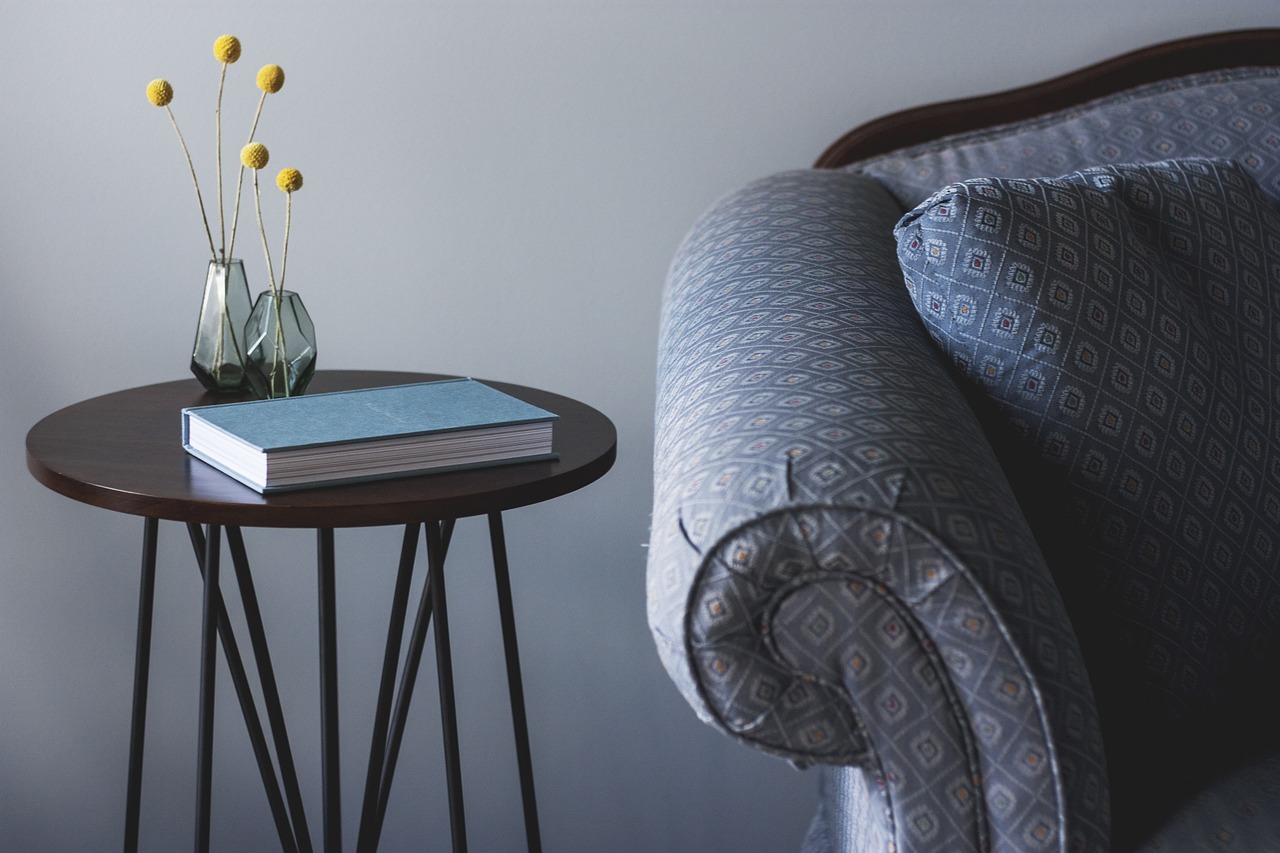
Sourcing Sustainable Materials
In today's world, where environmental consciousness is on the rise, sourcing sustainable materials for log furniture has become a priority for many artisans and homeowners alike. Choosing materials that are not only beautiful but also responsibly harvested can significantly reduce your ecological footprint while enhancing the charm of your rustic decor. So, how do you ensure that the wood you select comes from sustainable sources? Let’s dive into some essential practices and considerations.
First and foremost, look for wood that is certified by reputable organizations such as the Forest Stewardship Council (FSC) or the Sustainable Forestry Initiative (SFI). These certifications guarantee that the wood is sourced from forests that are managed responsibly, ensuring that wildlife habitats are preserved and that the forest ecosystem remains intact. When you see these labels, you can rest assured that your log furniture not only looks good but also supports sustainable forestry practices.
Another crucial aspect is to consider the local sourcing of materials. By choosing wood that is harvested near your home, you not only reduce transportation emissions but also support local economies. Many regions have their own unique types of wood that can add character and a personal touch to your furniture. For example, using locally sourced cedar or pine can infuse your pieces with a sense of place, making your log furniture more special and meaningful.
Additionally, it’s important to be aware of the types of wood that are classified as renewable. Species such as bamboo and hemp are excellent choices because they grow rapidly and can be harvested without causing long-term damage to the environment. Incorporating these materials into your log furniture design not only promotes sustainability but also adds a modern twist to traditional rustic aesthetics.
Finally, consider the use of reclaimed wood. This practice involves repurposing wood from old structures, furniture, or even shipping pallets. Not only does this reduce waste and prevent deforestation, but it also gives your furniture a unique history and character that new wood simply cannot replicate. Imagine the stories your reclaimed log furniture could tell! When selecting reclaimed materials, it’s essential to check for any treatments or chemicals that may have been used in the past, ensuring that your furniture remains safe and healthy for your home.
In summary, sourcing sustainable materials for log furniture is not just about making environmentally friendly choices; it's about embracing a lifestyle that values beauty, functionality, and responsibility. By opting for certified wood, supporting local suppliers, choosing renewable resources, and considering reclaimed materials, you can create stunning pieces that reflect your commitment to sustainability.
Remember, every choice you make contributes to a larger movement towards a more sustainable future. So, as you embark on your log furniture journey, keep these principles in mind and watch your home transform into a haven of rustic elegance.
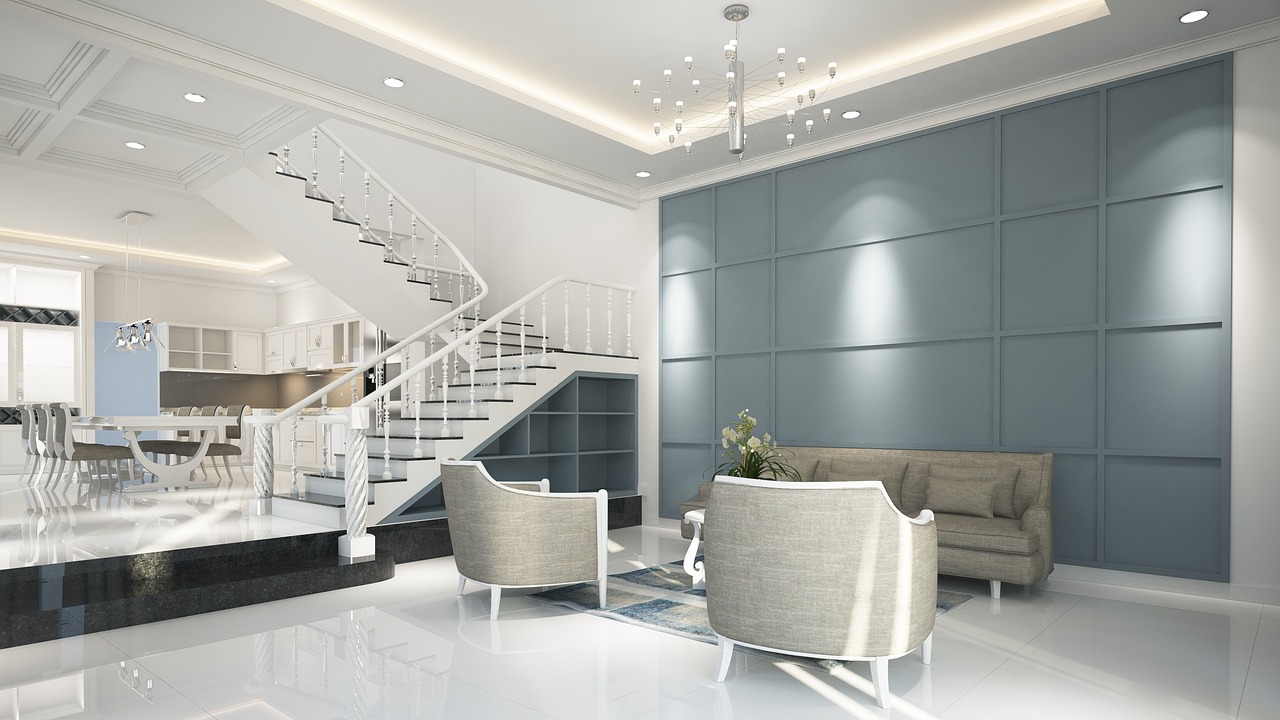
Designing Your Log Furniture
When it comes to , the possibilities are as vast as the great outdoors! Log furniture isn’t just about function; it’s a statement piece that can transform your living space into a cozy retreat. Think about the rustic charm that a beautifully crafted log table or a set of log chairs can bring to your home. The beauty lies in the natural imperfections of the wood, which tell a story of their own. So, how do you create a cohesive look that reflects your personal style while embracing the raw appeal of log furniture?
First, consider the overall theme of your space. Are you going for a classic cabin feel, or do you prefer a modern twist on rustic design? Each style has its own characteristics that can help guide your choices. For a traditional look, you might opt for pieces with intricate carvings and a natural finish. On the other hand, if contemporary is more your vibe, sleek lines and minimalistic designs might be the way to go. It's all about finding that balance between style and comfort.
Next, think about the scale and proportion of your furniture. Log furniture tends to be robust and can dominate a room, so it's essential to choose pieces that fit well within your space. For instance, a large log dining table can serve as a stunning centerpiece, but if your dining area is small, consider a compact version that still maintains the rustic charm without overwhelming the room. Pairing larger pieces with lighter, more delicate accessories can create a harmonious balance.
Color plays a significant role in your design as well. While the natural tones of log furniture are beautiful, you can enhance your design by incorporating contrasting colors through cushions, rugs, or wall paint. For example, a deep forest green or a warm terracotta can complement the earthy tones of log furniture beautifully. This contrast not only adds visual interest but also helps to define the space.
Another tip is to incorporate natural elements that echo the rustic theme. Think about adding stone, metal, or textiles that resonate with the outdoors. A log coffee table paired with a stone fireplace can create an inviting atmosphere, while metal accents in light fixtures or decorative items can add a modern edge. Remember, it’s all about creating layers and textures that tell a story.
Finally, don’t forget about the accessories. Items like throw pillows, blankets, and art can soften the look of log furniture and make your space feel more inviting. Choose accessories that not only look good but also enhance the comfort of your furniture. After all, log furniture is meant to be lived on, so make it cozy!
In conclusion, designing your log furniture is a delightful journey that allows you to express your personality while embracing the natural beauty of wood. By considering your space, style, color, and accessories, you can create a stunning and cohesive rustic look that will be the envy of all your friends.
- How do I maintain the finish on my log furniture? Regularly dust and clean your furniture with a soft, damp cloth. Avoid harsh chemicals that may strip the finish.
- Can I use log furniture outdoors? Yes, but ensure it is treated with an appropriate sealant to protect it from the elements.
- What styles of log furniture are available? There are many styles, including traditional, contemporary, and even rustic-modern hybrids.
- Is log furniture environmentally friendly? When sourced sustainably, log furniture can be a green choice, especially if you opt for reclaimed wood.
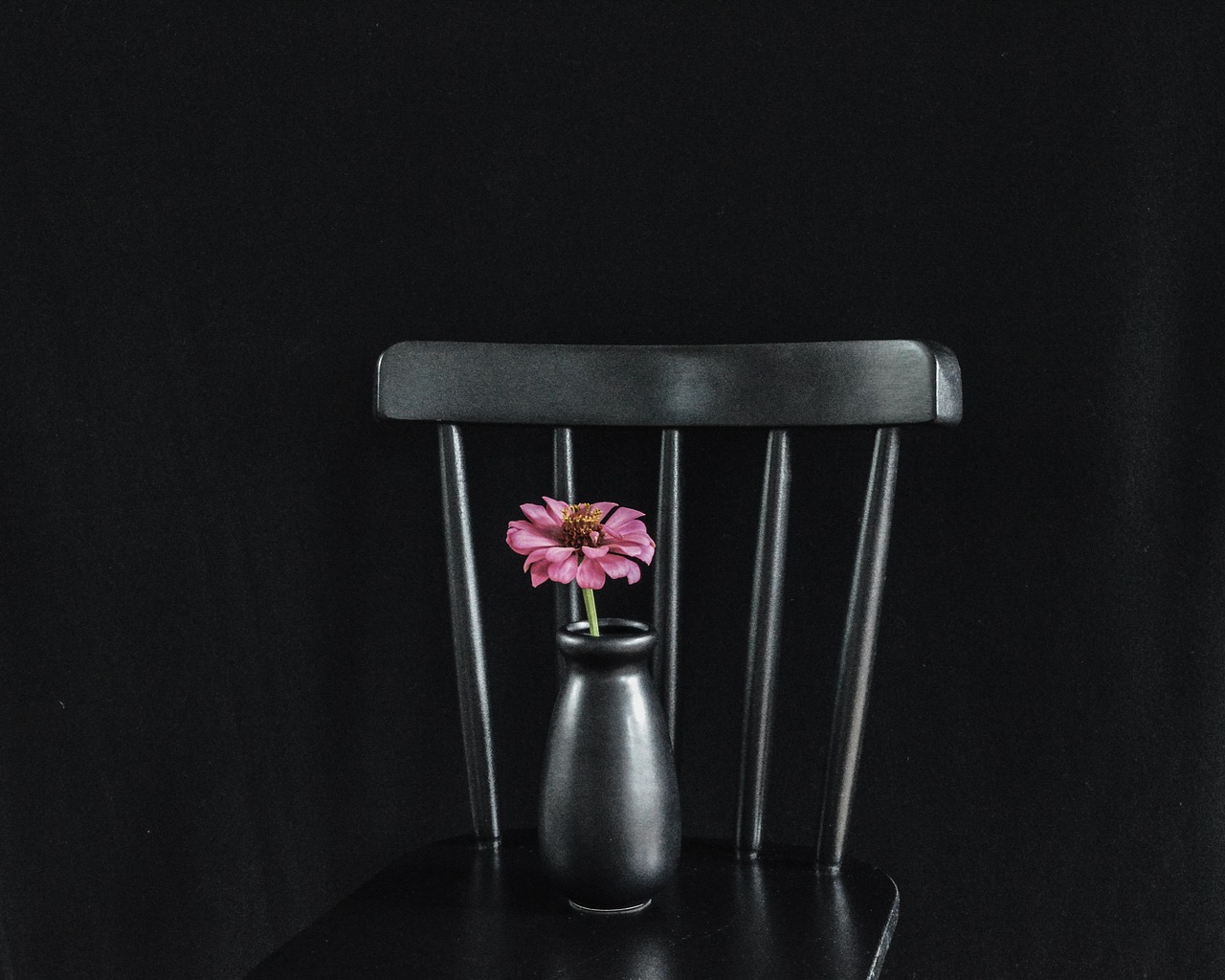
Construction Techniques
Crafting log furniture is an art that combines both skill and creativity. The construction techniques used can dramatically affect not only the durability of the piece but also its overall aesthetic appeal. Whether you are a seasoned woodworker or a DIY enthusiast, understanding these techniques is essential for creating stunning log furniture that stands the test of time.
One of the most critical aspects of log furniture construction is the choice of joinery methods. Joinery is essentially how different pieces of wood are connected, and it plays a significant role in the stability of the furniture. For instance, the mortise and tenon joint is a traditional method that has been used for centuries. This technique involves cutting a hole (mortise) in one piece of wood and a corresponding projection (tenon) on another, allowing them to fit snugly together. This type of joint not only provides strength but also adds to the rustic charm of the furniture.
Another popular joinery method is the dowel joint, which uses wooden dowels to connect pieces of wood. This method is especially effective for creating a clean and seamless look, making it a favorite among contemporary furniture makers. Each joinery technique has its strengths and weaknesses, and choosing the right one depends on the specific design and function of your furniture.
In addition to joinery, the tools you use can greatly impact the quality of your log furniture. Essential tools include a chainsaw for cutting logs, a router for shaping edges, and various hand tools like chisels and mallets for detailed work. Investing in high-quality tools not only makes the construction process smoother but also ensures that your finished product is of the highest quality.
Once the basic structure is complete, it’s time to focus on the finishing touches. Sanding is crucial in this stage, as it helps to smooth out rough edges and prepares the surface for staining or sealing. A well-sanded piece of furniture not only looks more professional but also feels more comfortable to use. After sanding, applying a suitable finish can enhance the natural beauty of the wood while providing protection from the elements. Popular finishing options include oil-based stains, which penetrate deep into the wood, and polyurethane finishes, which create a protective layer on the surface.
To give you a clearer picture of the construction process, here’s a simple overview of the steps involved:
| Step | Description |
|---|---|
| 1 | Select and prepare the logs. |
| 2 | Choose an appropriate joinery method. |
| 3 | Cut and shape the logs using the right tools. |
| 4 | Assemble the pieces using your chosen joinery technique. |
| 5 | Sanding and finishing the furniture to enhance its appearance. |
Understanding these construction techniques not only empowers you to create beautiful log furniture but also allows you to appreciate the craftsmanship that goes into each piece. Whether you’re looking to build a rustic coffee table or a sturdy log bed, mastering these skills will undoubtedly elevate your woodworking game. So, roll up your sleeves and get ready to bring your log furniture dreams to life!
Q: What type of wood is best for log furniture?
A: The best type of wood depends on your specific needs. Softwoods like pine are easier to work with and are more affordable, while hardwoods like oak and maple offer greater durability and a more refined look.
Q: Can I build log furniture without prior experience?
A: Absolutely! Many DIY enthusiasts start with simple projects. Just make sure to follow tutorials and take your time to learn the techniques.
Q: How can I maintain my log furniture?
A: Regular cleaning, applying protective finishes, and keeping the furniture away from extreme weather conditions can help maintain its beauty and longevity.
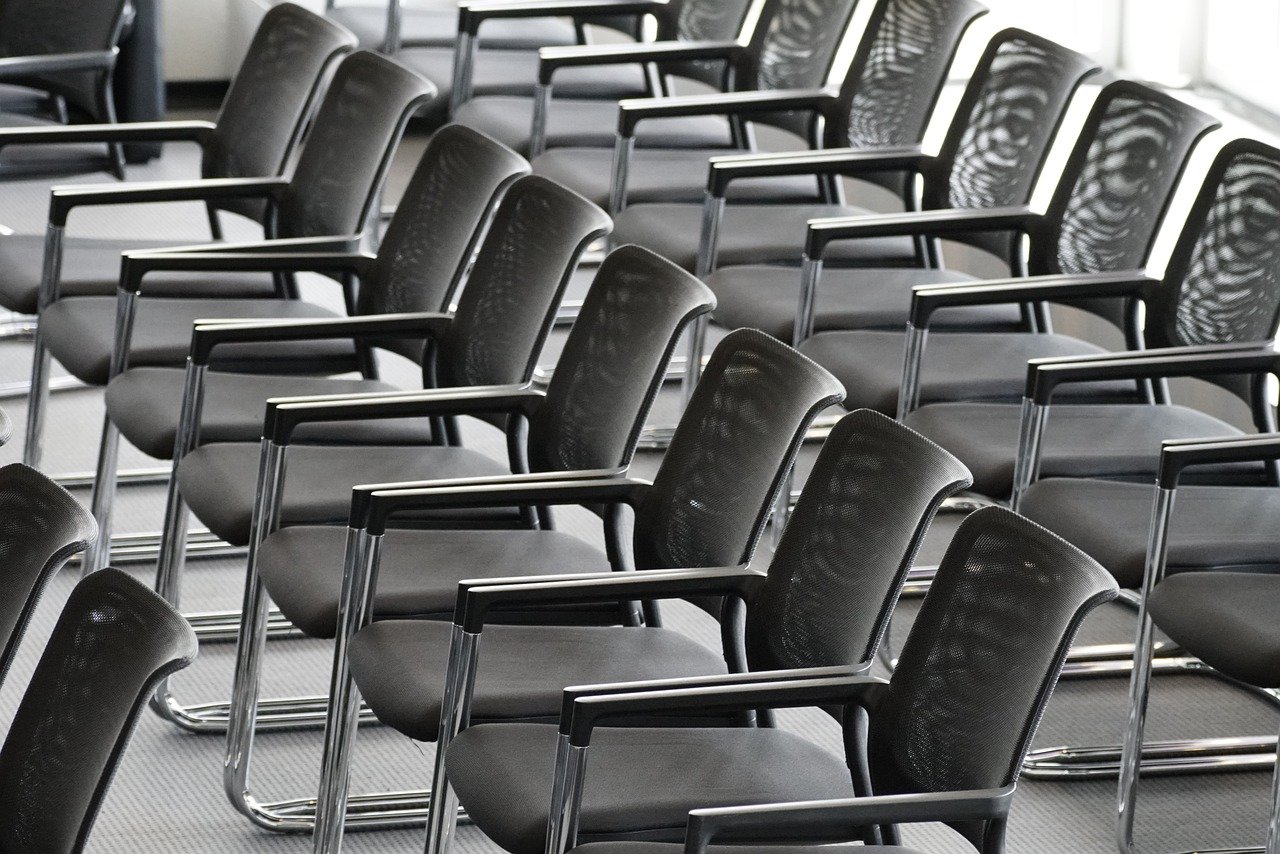
Joinery Methods
When it comes to crafting log furniture, are the backbone that holds everything together. Think of joinery as the secret handshake of the woodworking world—without it, your furniture can crumble under pressure. There are several techniques that woodworkers rely on, each with its own unique benefits and aesthetic appeal. The right joinery method can enhance the strength, durability, and visual charm of your log pieces, ensuring they stand the test of time.
One of the most popular joinery techniques is the mortise and tenon joint. This method involves creating a cavity (mortise) in one piece of wood and a corresponding projection (tenon) on another. When these two pieces fit together, they create a strong bond that can withstand heavy loads. This technique is particularly favored for its robustness and is often seen in traditional log furniture designs. Imagine the stability of a well-constructed bridge; that’s the kind of strength you can achieve with this method.
Another method worth mentioning is the dovetail joint, which is often used in drawer construction but can also be applied to log furniture. This joint features interlocking shapes that provide not only strength but also a visually appealing design. Think of it as a puzzle piece that fits perfectly—once it’s in place, it’s not going anywhere. Dovetail joints can add a touch of elegance to your furniture, making it not just functional but also a work of art.
For those who enjoy a more rustic aesthetic, the butt joint might be the way to go. This method simply involves joining two pieces of wood end-to-end. While it may lack the complexity of other joints, it can be reinforced with screws or dowels for added strength. It’s like a simple yet effective friendship; straightforward but reliable. However, keep in mind that butt joints may not offer the same level of durability as more intricate methods.
To give you a clearer understanding of these methods, here’s a quick comparison:
| Joinery Method | Strength | Aesthetic Appeal | Complexity |
|---|---|---|---|
| Mortise and Tenon | High | Classic | Moderate |
| Dovetail | Very High | Elegant | High |
| Butt Joint | Moderate | Simple | Low |
When choosing a joinery method, consider the overall design and functionality of your log furniture. A well-executed joint can enhance the piece’s durability while also contributing to its aesthetic charm. It’s a balance of art and engineering, where each choice impacts the final outcome. Whether you’re a DIY enthusiast or a professional woodworker, understanding these joinery methods will empower you to create stunning, long-lasting log furniture that can be cherished for generations.
- What is the best joinery method for log furniture? It depends on your design goals. Mortise and tenon joints are strong and traditional, while dovetail joints offer elegance and durability. Butt joints are simpler but can be effective with reinforcement.
- Can I use screws with joinery methods? Yes, many joinery methods can be reinforced with screws or dowels for added strength, especially in butt joints.
- How do I choose the right wood for my joinery method? Consider the wood's density and grain. Hardwoods like oak are great for intricate joints, while softwoods like pine are easier to work with for simpler methods.

Finishing Touches
When it comes to log furniture, the finishing touches are what truly elevate your pieces from merely functional to stunning works of art. Imagine walking into a room filled with the warm, inviting aroma of natural wood, complemented by the glint of a well-applied finish. It’s not just about protection; it’s about enhancing the natural beauty of the wood and ensuring it stands the test of time. So, what are the key elements to consider when finishing your log furniture?
First off, let’s talk about the types of finishes available. You have your oils, stains, and sealants, each offering different benefits. For instance, oils like linseed and tung oil penetrate deep into the wood, providing nourishment while enhancing the grain. Stains, on the other hand, allow you to change the color of the wood while still showcasing its natural texture. Finally, sealants create a protective barrier against moisture, dirt, and UV rays, which is crucial if your furniture is exposed to the elements.
Now, let’s break it down further. Here’s a quick comparison of some popular finishing options:
| Finish Type | Benefits | Best For |
|---|---|---|
| Oil | Enhances grain, easy to apply | Indoor furniture |
| Stain | Color customization, highlights features | All types of furniture |
| Sealant | Durable protection, weather-resistant | Outdoor furniture |
Choosing the right finish is crucial, but the application process is just as important. Preparation is key! Start by sanding the surface of your log furniture to a smooth finish. This step not only helps the finish adhere better but also reveals the wood’s natural beauty. After sanding, make sure to clean the surface thoroughly to remove any dust or debris. You wouldn't want anything to mar that perfect finish!
Once your surface is prepped, you can begin applying your chosen finish. It’s often best to apply multiple thin coats rather than one thick coat. This method allows for better absorption and a more even finish. Don’t forget to let each coat dry completely before applying the next one. Patience is a virtue here; rushing can lead to unsightly streaks or bubbles.
Lastly, maintenance doesn’t stop once the finish is applied. Regularly check your furniture for signs of wear, especially if it’s exposed to outdoor conditions. A simple reapplication of oil or sealant every couple of years can keep your furniture looking as stunning as the day you finished it.
- What is the best finish for outdoor log furniture? Sealants are highly recommended for outdoor log furniture as they provide a durable barrier against the elements.
- How often should I refinish my log furniture? It typically depends on the exposure to elements and wear. For outdoor pieces, consider refinishing every 1-2 years, while indoor pieces may last longer.
- Can I use paint on log furniture? While you can paint log furniture, it’s often more beneficial to use stains or oils to maintain the natural beauty of the wood.

Maintaining Log Furniture
When it comes to preserving the beauty of your log furniture, maintenance is key. Just like a classic car needs regular tune-ups, your rustic pieces require attention to ensure they continue to shine and serve you well. Log furniture, with its natural charm and character, can be a stunning addition to any home, but without proper care, it can succumb to the elements and wear over time. So, how do you keep your log furniture looking fresh and inviting?
First and foremost, cleaning is essential. Dust and debris can accumulate on the surfaces, dulling the finish and potentially causing damage. A simple solution is to use a soft, damp cloth to wipe down your furniture regularly. For more stubborn stains, a mild soap solution can work wonders. However, always remember to avoid harsh chemicals that might strip away the natural oils and finishes that protect the wood.
Next, let’s talk about treatment. Just as your skin needs moisturizer, your log furniture benefits from occasional treatment to maintain its luster. This can include applying a wood conditioner or a natural oil finish that penetrates the wood, nourishing it from within. For outdoor pieces, consider using a sealant designed for exterior use to protect against moisture and UV rays. This will help prevent warping, splitting, and fading, ensuring your furniture stands the test of time.
Now, you might be wondering about protection. If your log furniture is placed outdoors, it’s crucial to shield it from the elements. Using furniture covers during harsh weather conditions can significantly extend its lifespan. Additionally, positioning your pieces away from direct sunlight can help prevent discoloration and drying out. Think of it like finding the perfect shade tree on a hot summer day—it makes all the difference!
To further enhance the longevity of your log furniture, consider a seasonal maintenance routine. This could involve checking for any signs of wear, such as loose joints or cracks, and addressing them promptly. A simple tightening of screws or applying wood glue can make a world of difference. You can also take this opportunity to reapply finishes or treatments as needed, keeping your furniture in top-notch condition.
In summary, maintaining log furniture is not just about aesthetics; it’s about preserving the stories and memories that come with each piece. By investing a little time and effort into cleaning, treating, and protecting your furniture, you ensure that it remains a cherished part of your home for years to come. So, roll up your sleeves and give your log furniture the love it deserves!
- How often should I clean my log furniture? It’s best to clean your log furniture at least once a month to prevent dust and grime buildup.
- Can I use any type of wood cleaner on my log furniture? No, avoid harsh chemicals. Stick to mild soap and water or specialized wood cleaners.
- What should I do if I notice cracks in my log furniture? Address cracks promptly with wood glue or consult a professional for repairs.
- Is it necessary to treat my log furniture every year? Yes, annual treatment helps maintain the wood’s natural beauty and protects against wear.
Frequently Asked Questions
-
What is log furniture?
Log furniture is crafted from logs and timber, showcasing the natural beauty of wood. It combines rustic charm with functionality, making it a popular choice for homes that embrace a natural aesthetic.
-
What types of wood are best for log furniture?
Some of the best wood types for log furniture include pine, cedar, and oak. Each type has its unique characteristics, such as durability, appearance, and resistance to pests, which can influence your furniture's longevity and style.
-
How do I choose between softwoods and hardwoods?
Choosing between softwoods and hardwoods depends on your needs. Softwoods like pine are generally lighter and more affordable, while hardwoods like oak offer greater durability and resistance to wear. Consider the furniture's intended use before making a choice!
-
Is it important to use sustainable materials?
Absolutely! Using sustainable materials not only helps the environment but also ensures that your furniture is made from responsibly sourced wood. This practice supports eco-friendly logging and promotes the health of forests.
-
What design styles work well with log furniture?
Log furniture can complement a variety of design styles, from traditional rustic to modern contemporary. The key is to create a cohesive look by pairing it with other natural materials and earthy tones.
-
What construction techniques are commonly used in log furniture?
Common construction techniques include mortise and tenon joinery, which provides strength and stability. Understanding these methods can help you appreciate the craftsmanship behind each piece of log furniture.
-
How can I maintain my log furniture?
To keep your log furniture looking its best, regularly clean it with a soft cloth, apply protective finishes, and avoid exposing it to extreme weather conditions. Proper care will ensure that your furniture remains a cherished part of your home for years to come.
-
Can I make log furniture myself?
Yes! If you're a DIY enthusiast, creating your own log furniture can be a rewarding project. Just make sure to have the right tools and techniques, and don’t hesitate to seek guidance if you’re unsure about any steps!



















